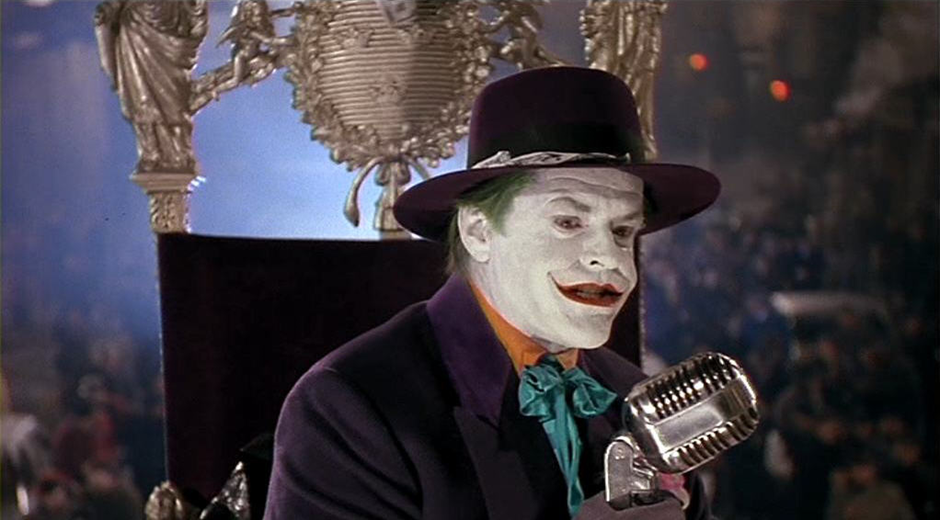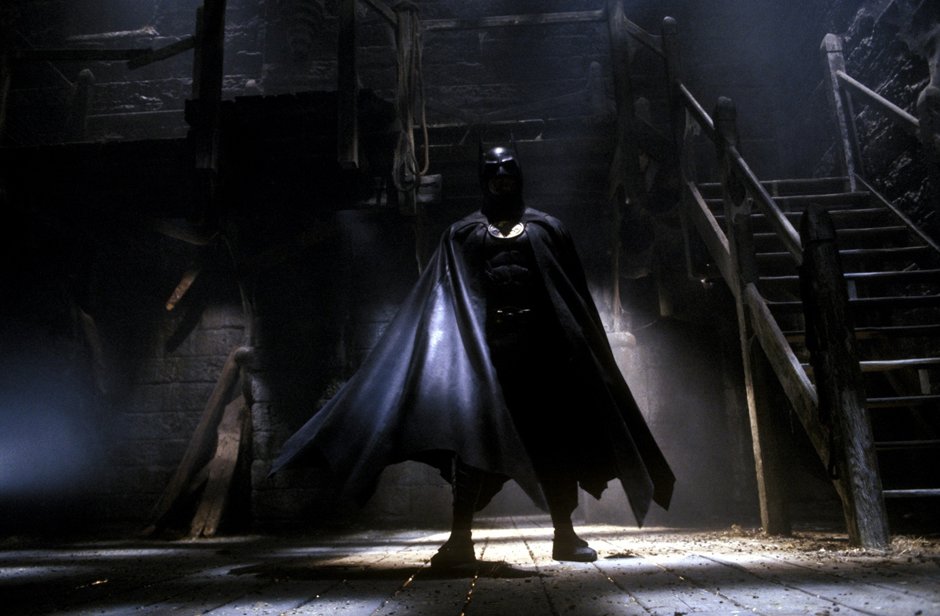By Ermioni Pavlidou,
Over a month ago, the second part of the homage on Tim Burton was dedicated to Edward Scissorhands (1990). This time, still on the same dark artistic path Burton designs, we will talk about the comic book movie he managed to blend his discerning style with; Batman (1989), marking the first attempt to bring the iconic character to life on a cinematic screen, apart from the titular TV series in the 1960s. Comic book movies are now a prominent part of popular culture and they have been for the last decade or so, justifying “geeks” (meaning experts or enthusiasts) for paying too much attention to detail and in crafting theories. The latest Batman movie directed by Matt Reeves, with Robert Pattinson in Bruce Wayne’s shoes, is set to be released in March 2022. Of course, no one can forget Christopher Nolan’s amazing Batman trilogy, and each attempt was influenced by the directors’ unique style. So, let us take a look at their predecessor.
The first take on Batman’s character superhero film was directed by Tim Burton, produced by Jon Peters and Peter Guber, and was, obviously, based on DC Comics. In addition to that, Batman won the Academy Award for Best Art Direction (or Best Production Design) in 1989. Its main focus and point are the character’s inner conflict and the battle with his nemesis, Joker, played by Jack Nicholson. The atmosphere that captures the situation’s deteriorated and rotten extent is exceptionally depicted, as it is the director’s prime characteristic. Gotham is filled with humidity, smoke, and darkness, even during the day! It is depicted in a comic-accurate manner, in combination with the director’s signature goth take. Many complained, among them the acclaimed film critic Roger Ebert, that besides these well-structured spatial details, in association with the comics (Gotham, Batcave) the plot is thin, and it is based on its characters to save its narrative.
It is a difficult period for Gotham City. Crime, violence, and lawlessness. Commissioner Gordon (Pat Hingle) and D.A. Harvey Dent (Billy Dee Williams) are trying to decongest the overburdened streets of Gotham against a crime boss and apparently responsible for a considerable number of offenses, Carl Grissom (Jack Palance). Batman, portrayed by Michael Keaton, is also working alone on the underground pursuing criminal leads from the police, interfering in their affairs in his vigilante-style, and maintaining his identity while trying to balance his duality and two lives. Bruce Wayne has to attend to his business responsibilities and, at the same time, be a public figure. In one of the social events he organizes, he becomes infatuated with Vicki Vale, a photojournalist (Kim Basinger), but leaves abruptly to attend to Batman’s responsibilities.

Meanwhile, the Joker arc is set in motion. The aforementioned mobster, Carl Grissom, sends Jack Napier — soon to be Joker — to tamper with incriminating evidence in “Axis Chemicals” factory, where he famously falls in a tank with chemical waste that turns his skin white, his hair green, and — through some plastic surgery — his sardonic characteristic smile. This results in him going completely and in a caricature villain manner insane, although he did have a predisposition for violence and sadistic tendencies. He then proceeds to terrorize Gotham’s citizens with “Smylex”, a combination of deadly chemicals masked in a cleaning product that causes those who inhale it to die of incessant laughing. He provokes the all-righteous, trauma-filled Batman with the memory of his parents’ murder — revealing he was the mugger who pulled the diamond necklace and the trigger, killing Batman’s parents — by saying: “Have you ever danced with the Devil in the pale moonlight?”, setting the background for their last showdown.
Nicholson’s approach on a character that needed caution in its re-enacting to not alter the character’s essence, paying tribute to the comics, was the first of many more to come. It came close to the comics —at least the early ones— and their fans’ perception of the villain. He is acting in a flamboyant manner, as a pastiche to a clown in a circus — his appearance resembles one — showing a deranged man who enjoys inducing pain so much, he is always laughing.
All in all, this comic book film paved the way for attempts at movies based on comics or graphic novels. Its grim and eerie atmosphere captures most of the director’s characteristic view with a gloom that laces — and in this case are suited — a whole city, and maybe interferes a bit with a more eventful and sensible plot process. Stay tuned for the next part of the homage!
References
- Batman (TV series), wikipedia.org, Available here
- Geek, wikipedia.org, Available here
- Batman movie review & film summary (1989), rogerebert.com, Available here




